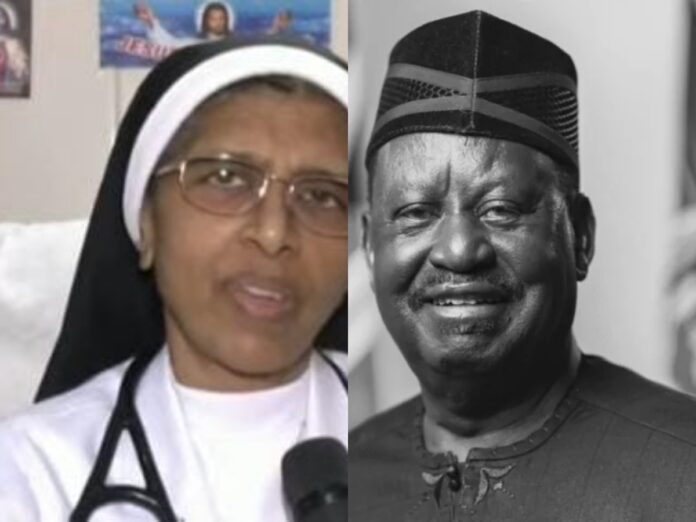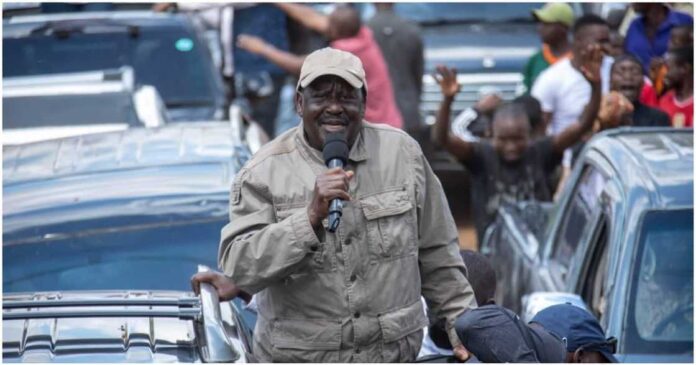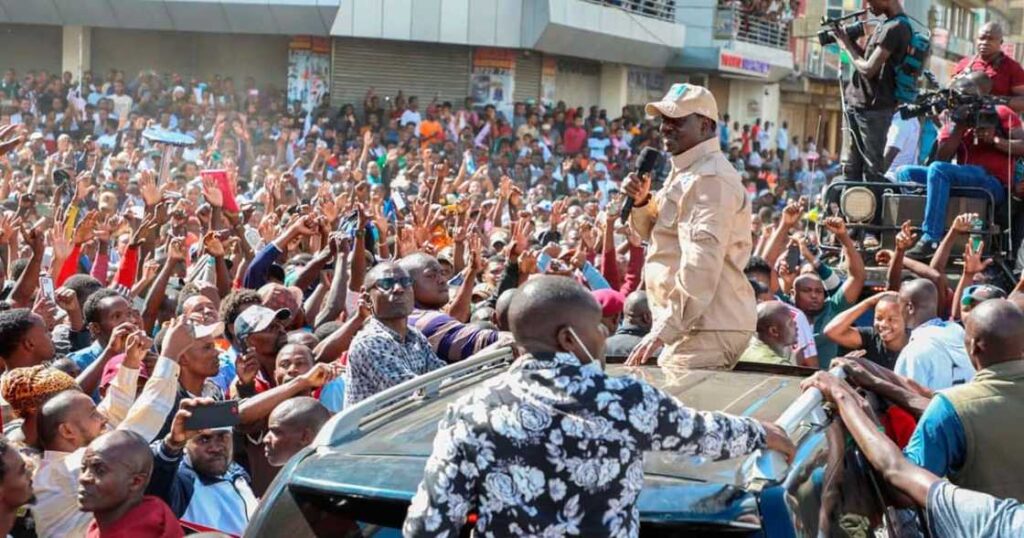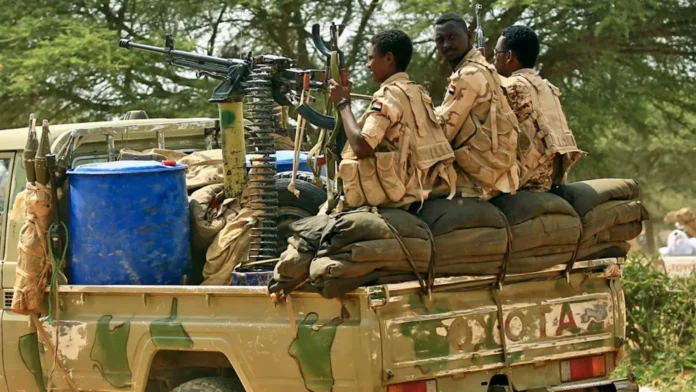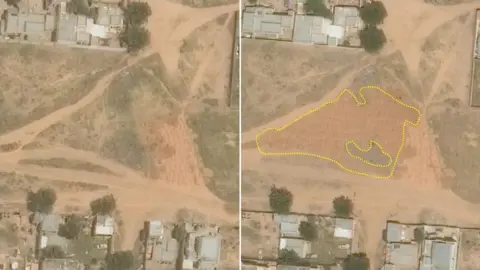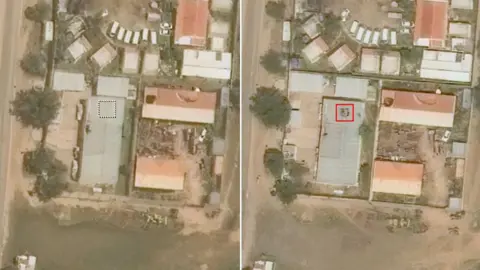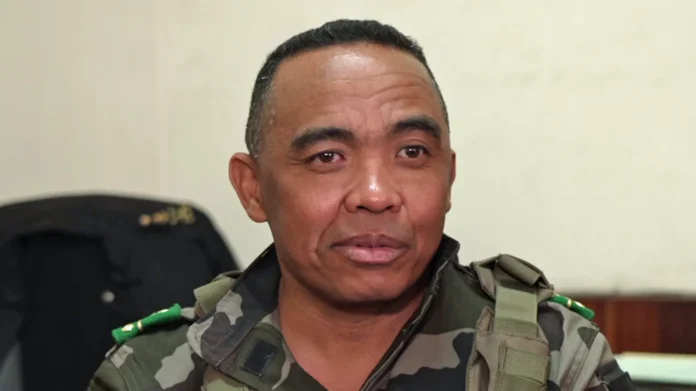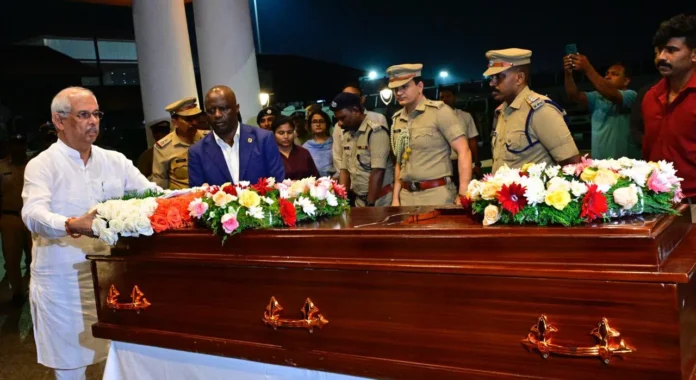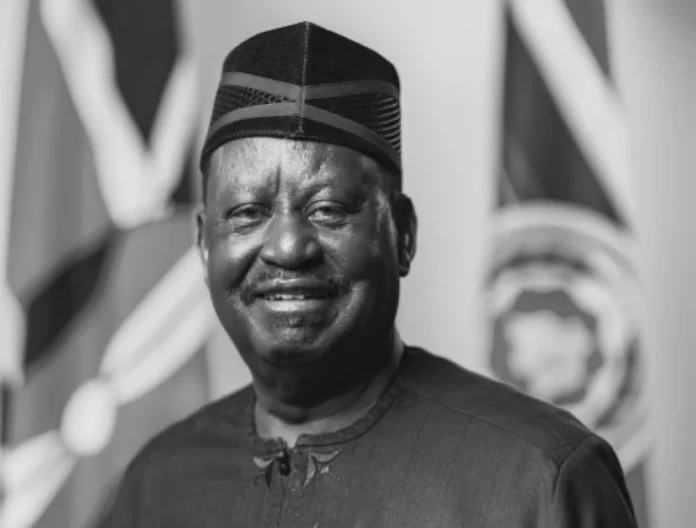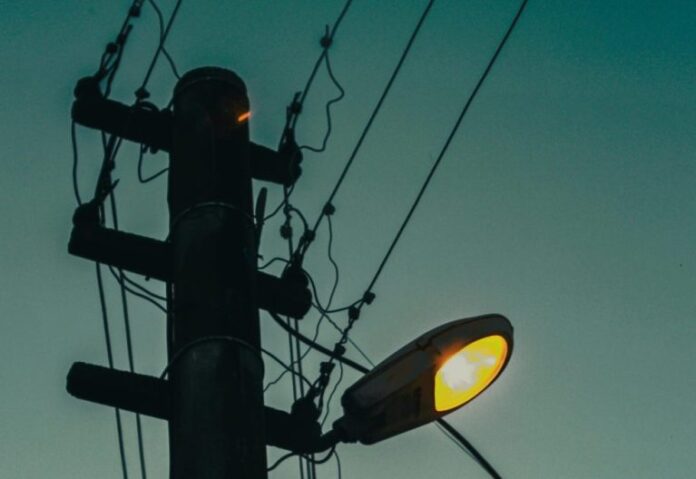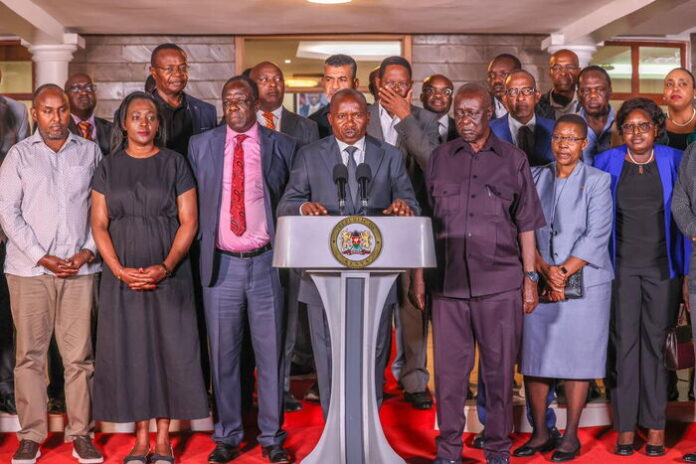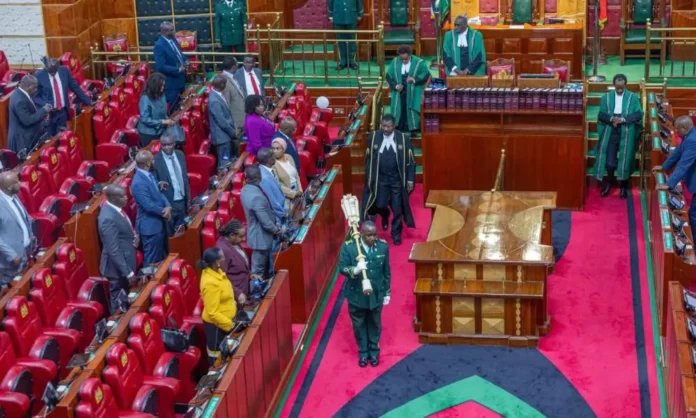Doctors at Devamatha Hospital in India, where former Prime Minister Raila Odinga was urgently admitted following a cardiac arrest on Wednesday morning, have shared details about his final moments.
Cardiologist Dr. Sr. Alphons, part of the medical team that treated him, stated that despite their exhaustive efforts to revive him, they were unable to save his life.
“In spite of our continued cardiopulmonary resuscitation (CPR) and other measures, we could not make him survive,” she said in an interview.
“We are very sorry to inform you that he is no more with us and our very sincere condolences and prayers for his family and for the Kenyan people.” Alphons was speaking to ANI news, South Asia’s leading multimedia news agency.
The 80-year-old veteran politician, who had travelled to India on October 4 after suffering a minor stroke in Kenya, was undergoing Ayurvedic therapy at the Sreedhareeyam Ayurvedic Eye Hospital and Research Centre in Koothattukulam, Ernakulam.
Sources at the facility revealed that Odinga, who initially arrived in a wheelchair, had shown encouraging signs of recovery after beginning his treatment.
He had started walking short distances and was reportedly in good spirits. His vitals were stable, and his overall condition had improved significantly, according to hospital officials.
On Wednesday morning, Odinga followed his usual routine, setting out for a morning walk within the hospital premises around 8:30 a.m., accompanied by his personal doctor.
However, during the walk, he suddenly collapsed, suffering a cardiac arrest.
Medical personnel at Sreedhareeyam quickly administered CPR and rushed him to Devamatha Hospital in nearby Kochi.
Despite being admitted to the Intensive Care Unit (ICU) and receiving advanced life-saving interventions, efforts to revive him proved unsuccessful. Odinga was pronounced dead at 9:52 a.m. (Indian Time)
His death came after weeks of speculation in Kenya regarding his health and absence from public events, which had prompted multiple clarifications from his party, the Orange Democratic Movement (ODM).
Until his final moments, Odinga was reportedly upbeat and looking forward to returning home.
His passing marks the end of a towering political legacy that spanned decades and shaped Kenya’s democracy.









